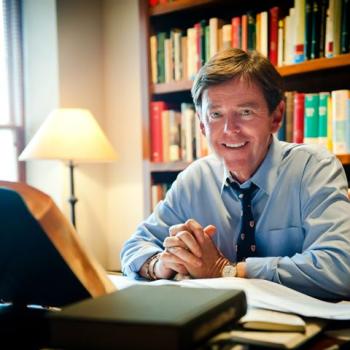Nineteenth-century radical Henry Hunt was once offered a clerical post worth a thousand pounds a year. His duties? Nothing “for six days out of seven but to hunt, shoot, and fish by day, and play cards, talk scandal with the old maids of the parish, and win the money of the wives and children of your parish at speculation. . . . All that would be expected of you is to read prayers and preach a sermon, which will cost you threepence once a week, or by a visit to the metropolis you can lay in a stock of manuscript sermons which will last you for the whole of your life” (quoted in Schlossberg, The Silent Revolution & the Making of Victorian England, 24).
It was not an unusual offer. Herbert Schlossberg writes, “The Anglican Evangelical newspaper, the Record, published the sad numbers of nonworking clergy for the year 1814. The paper found that 5,088 clergymen were discharging their duties in the parish, though not all were resident in them. The number of nonresident clergy doing no service in their parishes was 4,803.” All of them earned a living from his parish “whether or not they were doing anything to earn their pay” (24).
Not that there would be much for them to do if they did show up at church. Absentee clergy corresponded to absentee parishioners: “Bishop Butler of Hereford compared Church attendance in his diocese in 1792 with the numbers from 1747 and found a substantial decline. In 1800 in the diocese of Lincoln, England’s largest, Evangelical clergymen found that of 15,000 persons in seventh-none parishes, fewer than 5,000 were known to attend church; of these, only 1,800 were communicants. . . . In 1799, Bishop Cleaver of Chester, a highly industrial region, discovered a parish of 40,000 in which nobody attended religious services of any kind” (25). All of these, mind you, were, by right of birth on England soil, members in good standing of the CoE.















